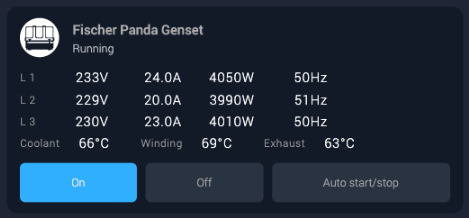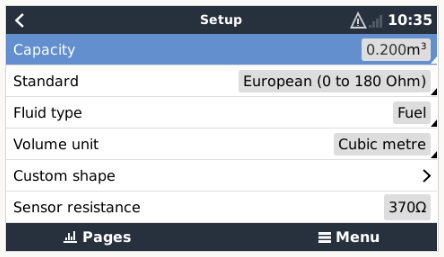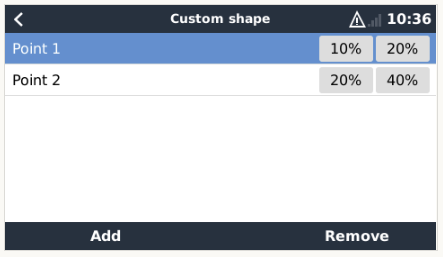Winkelwagen
Korting: 0.00 EUR
Korting: 0.00 EUR
Matthijs Vader, Victron Energy |9/09, 2020

Vandaag, na een lange ontwikkelings- en veldtestperiode, lanceren we Venus OS versie v2.60 – een echte mijlpaal. In tegenstelling tot de kleinere updates van de afgelopen maanden (v2.51 tot v2.58) bevat deze versie een reeks grote verbeteringen en nieuwe functies.
Naast de grotere veranderingen zijn er veel kleinere aanpassingen – meer dan in welke eerdere versie dan ook. In dit blogbericht richten we ons op de hoogtepunten. Laten we beginnen met een iets complexere nieuwigheid.
NMEA2000 (ook wel N2K genoemd) is een Can-BUS-protocol dat op boten en schepen wordt gebruikt om apparaten informatie te laten uitwisselen. In Victron-context wordt het voornamelijk gebruikt om gegevens van het energiesysteem naar multifunctionele displays aan boord te sturen. NMEA2000-uit zorgt ervoor dat het GX-apparaat functioneert als een "brug" en maakt informatie van alle aangesloten batterijmonitors, omvormers/laders en andere apparaten beschikbaar op het NMEA2000-netwerk.
In versie v2.60 hebben we PGN's toegevoegd voor zonneladers en tankniveaus. De tankniveaus worden nu automatisch genummerd in plaats van allemaal op 0 te worden gezet, wat de configuratie voor Raymarine MFD vereenvoudigt – het werkt direct zonder extra instellingen.
We hebben ook een pagina toegevoegd voor het configureren van N2K Device Instances, het menusysteem intuïtiever gemaakt en de mogelijkheid toegevoegd om GPS-gegevens (positie, hoogte, snelheid) van het N2K-netwerk te lezen.
Voor volledige informatie, zie het hoofdstuk over NMEA2000-uit in de CCGX-handleiding.
We hebben verschillende lay-outverbeteringen doorgevoerd, waaronder het introduceren van paginering in plaats van het verbergen van gegevens wanneer de schermruimte beperkt is.
Ondersteuning voor Fischer Panda-generatoren is toegevoegd, met volledige informatie en knoppen om de generator handmatig te starten en te stoppen – evenals het activeren van de GX Auto start/stop-functie.

Ook andere generatoren kunnen nu direct vanuit de app worden bediend, inclusief Auto start/stop-instellingen.
Meer informatie over de Fischer Panda-integratie is te vinden in de GX Fischer Panda-handleiding.
Drie belangrijke nieuwigheden, plus nog veel meer in de complete changelog:
De tankniveau-bewaking op de Venus GX en Cerbo GX (met vier analoge ingangen) is verbeterd:
We hebben ook gefilterde en ongefilterde sensorwaarden toegevoegd aan het menu – handig bij installatie en probleemoplossing.


Omdat de 2G- en 3G-netwerken worden uitgefaseerd, was een nieuwe versie van het GX GSM-modem nodig. Nu is de GX LTE 4G beschikbaar – hetzelfde ontwerp en dezelfde montage als voorheen, maar met een 4G-modem erin.
Details zijn te vinden op de productpagina. Verschillende modellen voor verschillende regio's zijn op voorraad.
Informatie over het installeren van Venus OS v2.60 is hier te vinden. Voor de volledige changelog, inclusief eerdere versies, log in op Victron Professional en kies Firmware.
We zijn erg blij dat v2.60 nu is uitgebracht. Tegelijkertijd werken we al aan de integratie van meer grote veranderingen die wachten op de volgende release.
Voetnoot: